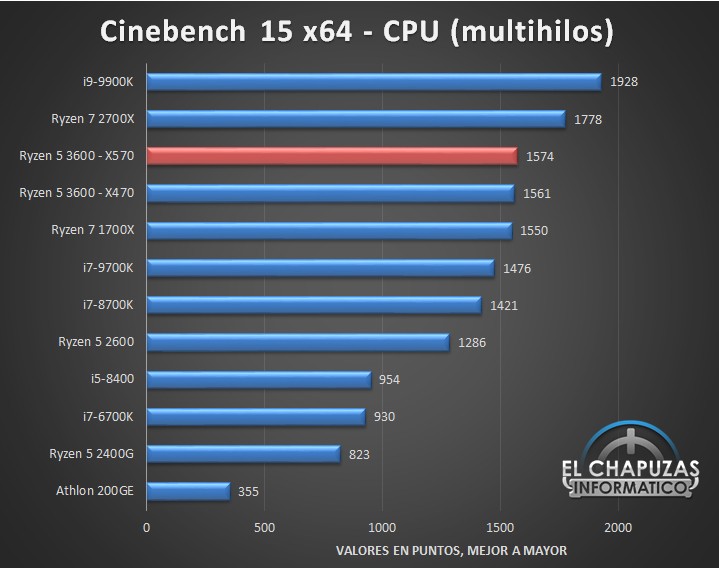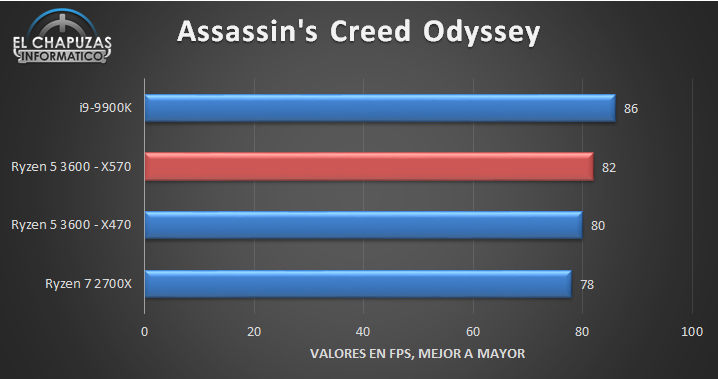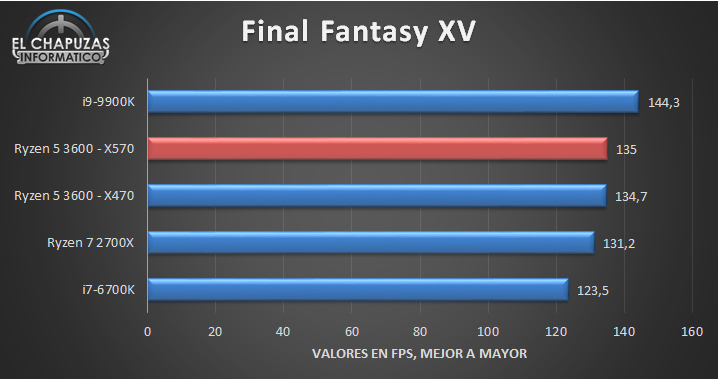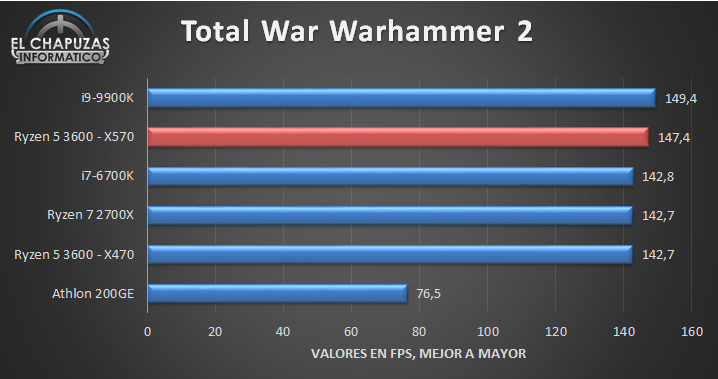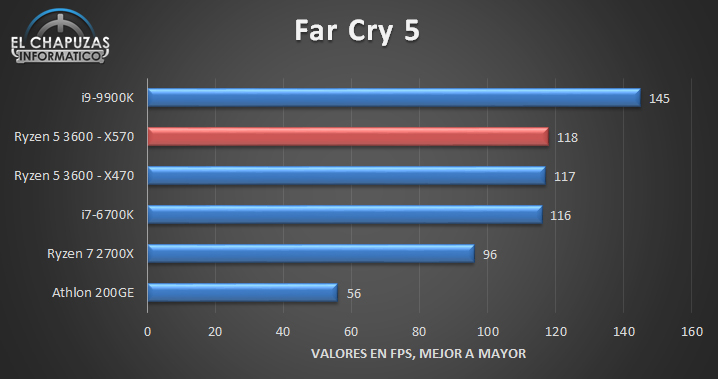OrangeKhrush
[H]ard|Gawd
- Joined
- Dec 15, 2016
- Messages
- 1,673
Not really.
And your claim of not just IPC parity, but of a significant IPC advantage for Ryzen 2 is quite laughable.
I am sure that you think your emotional quips are cute, but they're not. They're trolling.
That is not my claim, it is what "so called" people reviewing it said, please don't infer their finding as something I claimed. Even if we comb through it and clock vs clock a 3ghz 9900k vs 3ghz 3600 we will probably come to the same deduction that Intel will still hold a slight advantage in single thread performance, granted that it was just over 2 years ago AMD was only competing with its old Phenom 2 parts, that is a long way. Since we are on "you claim" you were the one that made the asinine claim that AMD were delivering haswell performance but no proof of that on a clock vs clock basis has been shown.
![[H]ard|Forum](/styles/hardforum/xenforo/logo_dark.png)

